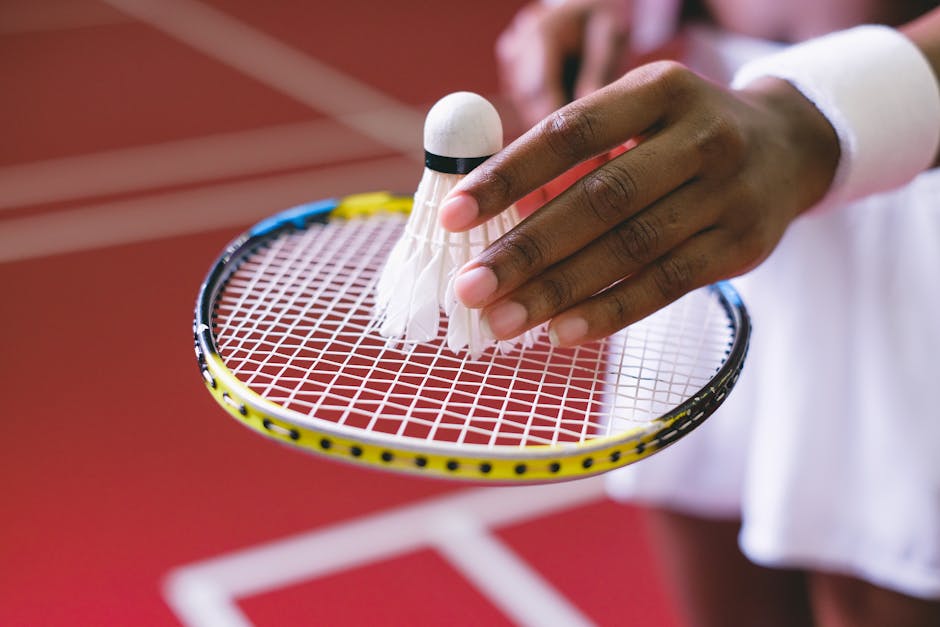Badminton, a dynamic and fast-paced sport, requires specific equipment to play effectively. Central to this equipment is the badminton racket, a tool that can significantly impact a player's performance. Understanding the various aspects of a badminton racket, from its construction to its specifications, is crucial for both beginners and seasoned players.
A badminton racket is typically constructed from materials like graphite, carbon fiber, or aluminum. Graphite is favored for its lightweight yet strong properties, offering excellent power and control. Aluminum rackets are more affordable and durable, making them a good option for beginners. The racket's frame connects to the shaft, which then leads to the handle or grip. The stringed area within the frame is where the shuttlecock makes contact.
Racket weight is a critical factor influencing play. Lighter rackets allow for faster swings and quicker reactions, while heavier rackets provide more power and stability. Players should choose a weight that complements their playing style and physical capabilities. Generally, rackets are categorized as lightweight, medium weight, and heavyweight.
Balance point refers to the distribution of weight along the racket's length. A head-heavy racket provides more power, while a head-light racket offers better maneuverability and control. An even balance falls somewhere in between, providing a blend of power and control.
String tension also plays a significant role in performance. Higher string tension provides more control and a crisper feel, while lower tension offers more power and a larger sweet spot. Choosing the right tension depends on individual playing style and preferences.
Grip size is another important consideration. The grip should feel comfortable and secure in the hand, allowing for a firm yet relaxed hold. Grips that are too small can cause wrist strain, while grips that are too large can hinder quick reactions.
When choosing a badminton racket, consider your skill level, playing style, and budget. Beginners might benefit from a more affordable and durable aluminum racket, while intermediate and advanced players might prefer a lighter, more powerful graphite racket. It's also helpful to try out different rackets if possible to get a feel for what suits you best.
By understanding these key aspects of badminton rackets, players can make informed decisions and choose the right equipment to enhance their game and enjoyment of this exciting sport. Investing in a quality racket that matches your individual needs can significantly improve your performance and overall badminton experience.
